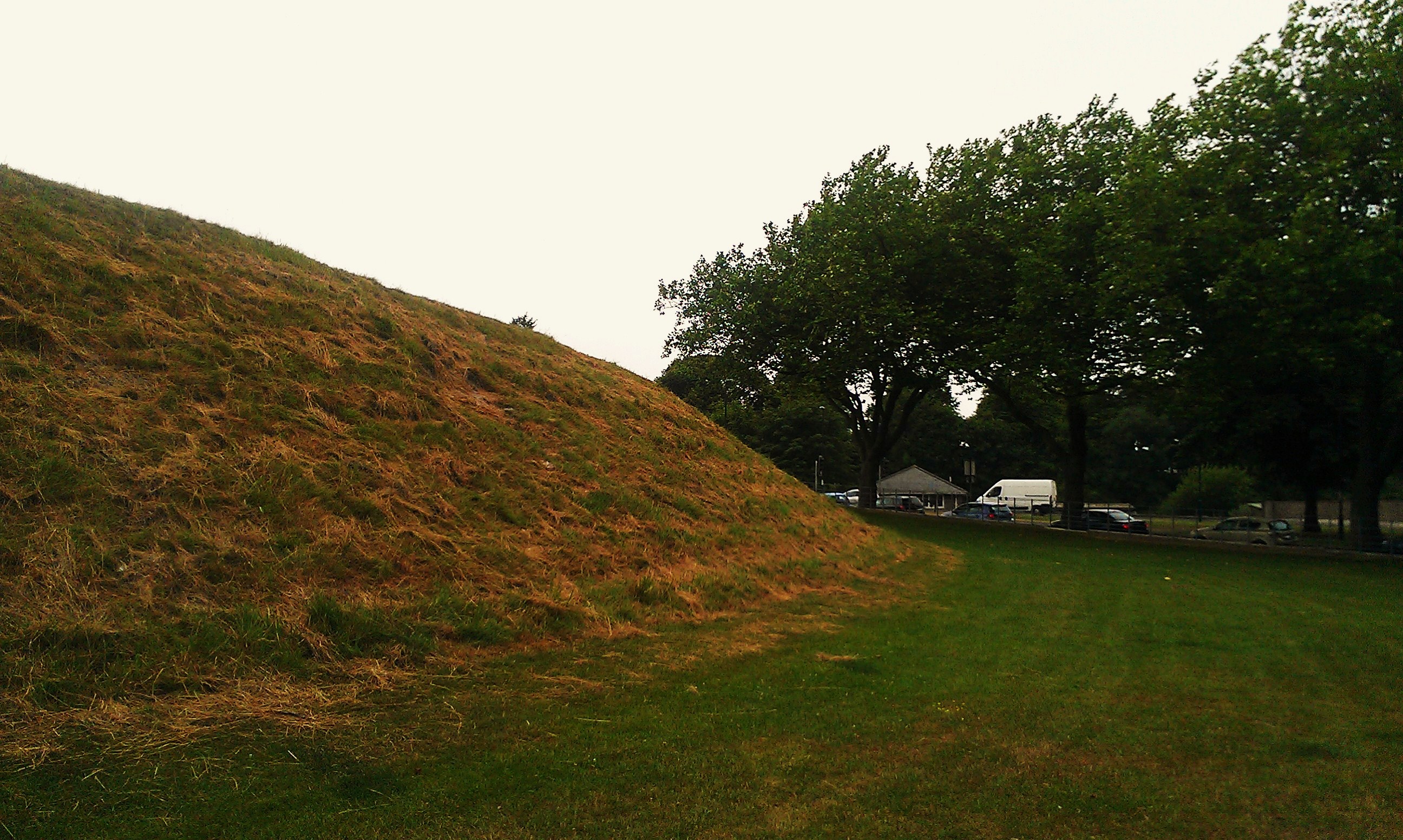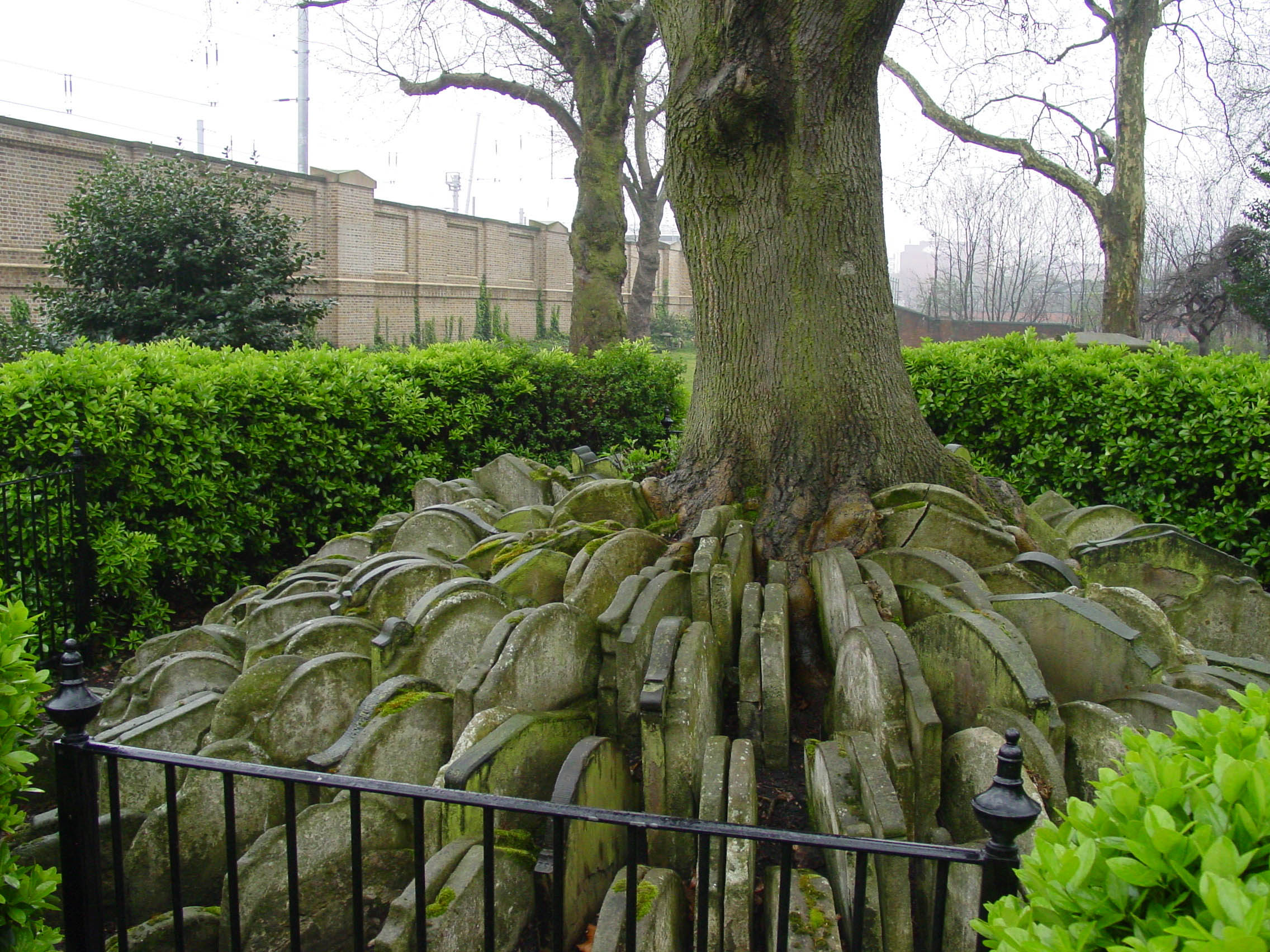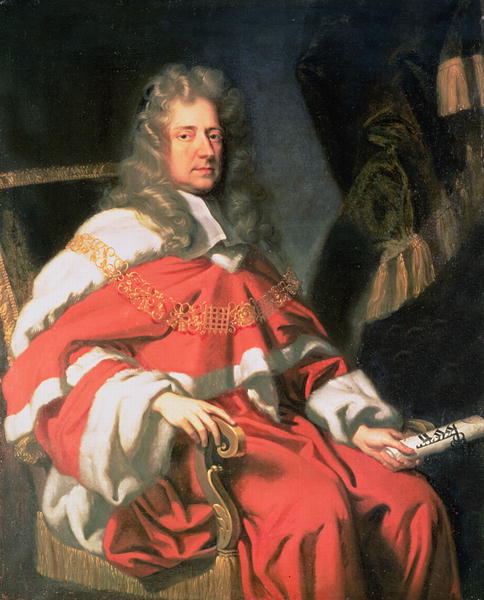|
Maumbury Rings
Maumbury Rings is a Neolithic henge in the south of Dorchester town in Dorset, England (). It is a large circular earthwork, 85 metres in diameter, with a single bank and an entrance to the north east. It was modified during the Roman period when it was adapted for use as an amphitheatre, and the site was remodelled again during the English Civil War when it was used as an artillery fort guarding the southern approach to Dorchester. The monument is now a public open space, and used for open-air concerts, festivals and re-enactments. Description Maumbury Rings is a roughly circular henge situated close to the centre of Dorchester. It has an internal diameter of around 50 metres. The bank has an average width of 4 metres, and is around 5.6 metres high internally and 4.0 metres high externally. A bulge in the earthworks to the southwest marks the site of a gun emplacement built during the English Civil War, and the inner side of the bank was terraced on the east and west sid ... [...More Info...] [...Related Items...] OR: [Wikipedia] [Google] [Baidu] |
Dorchester, Dorset
Dorchester ( ) is the county town of Dorset, England. It is situated between Poole and Bridport on the A35 trunk route. A historic market town, Dorchester is on the banks of the River Frome to the south of the Dorset Downs and north of the South Dorset Ridgeway that separates the area from Weymouth, to the south. The civil parish includes the experimental community of Poundbury and the suburb of Fordington. The area around the town was first settled in prehistoric times. The Romans established a garrison there after defeating the Durotriges tribe, calling the settlement that grew up nearby Durnovaria; they built an aqueduct to supply water and an amphitheatre on an ancient British earthwork. After the departure of the Romans, the town diminished in significance, but during the medieval period became an important commercial and political centre. It was the site of the " Bloody Assizes" presided over by Judge Jeffreys after the Monmouth Rebellion, and later the tr ... [...More Info...] [...Related Items...] OR: [Wikipedia] [Google] [Baidu] |
Maumbury Rings Wall
Maumbury Rings is a Neolithic henge in the south of Dorchester town in Dorset, England (). It is a large circular earthwork, 85 metres in diameter, with a single bank and an entrance to the north east. It was modified during the Roman period when it was adapted for use as an amphitheatre, and the site was remodelled again during the English Civil War when it was used as an artillery fort guarding the southern approach to Dorchester. The monument is now a public open space, and used for open-air concerts, festivals and re-enactments. Description Maumbury Rings is a roughly circular henge situated close to the centre of Dorchester. It has an internal diameter of around 50 metres. The bank has an average width of 4 metres, and is around 5.6 metres high internally and 4.0 metres high externally. A bulge in the earthworks to the southwest marks the site of a gun emplacement built during the English Civil War, and the inner side of the bank was terraced on the east and west sides at th ... [...More Info...] [...Related Items...] OR: [Wikipedia] [Google] [Baidu] |
Dorset County Museum
The Dorset County Museum is located in Dorchester, Dorset, England. Founded in 1846, the museum covers the county of Dorset's history and environment. The current building was built in 1881 on the former site of the George Inn. The building was designed specifically to house the museum's collection and is in the neo-Gothic style. The museum includes information and over 2 million artifacts associated with archaeology (e.g., Maiden Castle), geology (e.g., the Jurassic Coast), history, local writers (e.g. Thomas Hardy) and natural science. There are video displays, activity carts for children, and an audio guide. The collections include fossilised dinosaur footprints, Roman mosaics and original Thomas Hardy manuscripts. Museum The museum was founded in 1846, and includes two significant collections, the archive of Thomas Hardy's works and fossils from the Jurassic Coast. The total collection extends to approximately four million items. The museum is owned by the Dorset Natura ... [...More Info...] [...Related Items...] OR: [Wikipedia] [Google] [Baidu] |
Southampton And Dorchester Railway
The Southampton and Dorchester Railway was an English railway company formed to join Southampton in Hampshire with Dorchester in Dorset, with hopes of forming part of a route from London to Exeter. It received Parliamentary authority in 1845 and opened in 1847. It was promoted by Charles Castleman of Wimborne Minster, and became known as Castleman's Corkscrew because of the meandering route it followed. Its route across the New Forest was determined by the requirements of the Commissioners of the Forest, and west of Brockenhurst it ran via Ringwood; at that time Bournemouth was not considered an important settlement; Poole was served by a branch to Lower Hamworthy, across a toll bridge from the town. In the late 19th century, a shorter route via Christchurch and Bournemouth was built, and the former main line between Lymington Junction and Hamworthy Junction was reduced to the status of a local branch line, finally closing in the 1960s. However the end sections, from Southampt ... [...More Info...] [...Related Items...] OR: [Wikipedia] [Google] [Baidu] |
The Mayor Of Casterbridge
''The Mayor of Casterbridge: The Life and Death of a Man of Character'' is an 1886 novel by the English author Thomas Hardy. One of Hardy's Wessex novels, it is set in a fictional rural England with Casterbridge standing in for Dorchester in Dorset where the author spent his youth. It was first published as a weekly serialisation from January 1886. The novel is considered to be one of Hardy's masterpieces, although it has been criticised for incorporating too many incidents, a consequence of the author trying to include something in every weekly published instalment. Plot At a country fair near Casterbridge in Wessex, Michael Henchard, a 21-year-old hay-trusser, argues with his wife Susan. Drunk on rum-laced furmity he auctions her off, along with their baby daughter Elizabeth-Jane, to Richard Newson, a passing sailor, for five guineas. Sober and remorseful the next day, he is too late to locate his family. He vows not to touch liquor again for 21 years. Believing the auct ... [...More Info...] [...Related Items...] OR: [Wikipedia] [Google] [Baidu] |
Thomas Hardy
Thomas Hardy (2 June 1840 – 11 January 1928) was an English novelist and poet. A Victorian realist in the tradition of George Eliot, he was influenced both in his novels and in his poetry by Romanticism, including the poetry of William Wordsworth. He was highly critical of much in Victorian society, especially on the declining status of rural people in Britain, such as those from his native South West England. While Hardy wrote poetry throughout his life and regarded himself primarily as a poet, his first collection was not published until 1898. Initially, he gained fame as the author of novels such as '' Far from the Madding Crowd'' (1874), '' The Mayor of Casterbridge'' (1886), '' Tess of the d'Urbervilles'' (1891), and '' Jude the Obscure'' (1895). During his lifetime, Hardy's poetry was acclaimed by younger poets (particularly the Georgians) who viewed him as a mentor. After his death his poems were lauded by Ezra Pound, W. H. Auden and Philip Larkin. Many of his ... [...More Info...] [...Related Items...] OR: [Wikipedia] [Google] [Baidu] |
Mary Channing
Mary Channing (née Brooks; May 1687 – 21 March 1706) was an English woman from the county of Dorset. Channing is known for being convicted of poisoning her husband and being burnt at the stake. Biography Mary Brooks was born in early May 1687 to Richard and Elizabeth Brooks of Dorchester. The lack of proper parental control is said to have lowered her character. She soon established a friendship with a young neighbour to whom she often presented lavish gifts and together they spent their evenings outside. After receiving frequent complaints from neighbours, Brook's parents decided that she should be married; they thought a husband would have more control over her than they commanded. So she married, albeit reluctantly, a grocer named Thomas Channing on 15 January 1704. Even after being married, she continued meeting her lover. Channing is said to have poisoned her husband's milk. Before dying on 21 April, Thomas Channing wrote his will, leaving everything to his father except ... [...More Info...] [...Related Items...] OR: [Wikipedia] [Google] [Baidu] |
George Jeffreys, 1st Baron Jeffreys
George Jeffreys, 1st Baron Jeffreys, PC (15 May 1645 – 18 April 1689), also known as "the Hanging Judge", was a Welsh judge. He became notable during the reign of King James II, rising to the position of Lord Chancellor (and serving as Lord High Steward in certain instances). His conduct as a judge was to enforce royal policy, resulting in a historical reputation for severity and bias. Early years and education Jeffreys was born at the family estate of Acton Hall, in Wrexham, in North Wales, the sixth son of John and Margaret Jeffreys. His grandfather, John Jeffreys (died 1622), had been Chief Justice of the Anglesey circuit of the Great Sessions. His father, also John Jeffreys (1608–1691), was a Royalist during the English Civil War, but was reconciled to the Commonwealth and served as High Sheriff of Denbighshire in 1655. His brothers were people of note. Thomas, later Sir Thomas (knighted in 1686), was the English Consul in Spain and a Knight of Alcá ... [...More Info...] [...Related Items...] OR: [Wikipedia] [Google] [Baidu] |
Monmouth Rebellion
The Monmouth Rebellion, also known as the Pitchfork Rebellion, the Revolt of the West or the West Country rebellion, was an attempt to depose James II, who in February 1685 succeeded his brother Charles II as king of England, Scotland and Ireland. A group of dissident Protestants led by James Scott, 1st Duke of Monmouth, eldest illegitimate son of Charles II, opposed James largely due to his Catholicism. The failure of Parliamentary efforts to exclude James from the succession in 1681 resulted in the 1683 Rye House Plot to assassinate Charles II and James; although Monmouth was then in exile in the Dutch Republic, he was identified as a co-conspirator. His rebellion was coordinated with a simultaneous rising in Scotland, led by Archibald Campbell, 9th Earl of Argyll. On 11 June 1685, Monmouth landed at Lyme Regis in South West England where he had widespread popular support, planning to take control of the area and march on London. In the next few weeks, his growing army ... [...More Info...] [...Related Items...] OR: [Wikipedia] [Google] [Baidu] |
Roundhead
Roundheads were the supporters of the Parliament of England during the English Civil War (1642–1651). Also known as Parliamentarians, they fought against King Charles I of England and his supporters, known as the Cavaliers or Royalists, who claimed rule by absolute monarchy and the principle of the divine right of kings. The goal of the Roundheads was to give to Parliament the supreme control over executive branch, executive administration of the country/kingdom. Beliefs Most Roundheads sought constitutional monarchy in place of the absolute monarchy sought by Charles; however, at the end of the English Civil War in 1649, public antipathy towards the king was high enough to allow republican leaders such as Oliver Cromwell to abolish the monarchy completely and establish the Commonwealth of England. The Roundhead commander-in-chief of the first Civil War, Thomas Fairfax, remained a supporter of constitutional monarchy, as did many other Roundhead leaders such as Edward Monta ... [...More Info...] [...Related Items...] OR: [Wikipedia] [Google] [Baidu] |
Artillery
Artillery is a class of heavy military ranged weapons that launch munitions far beyond the range and power of infantry firearms. Early artillery development focused on the ability to breach defensive walls and fortifications during sieges, and led to heavy, fairly immobile siege engines. As technology improved, lighter, more mobile field artillery cannons developed for battlefield use. This development continues today; modern self-propelled artillery vehicles are highly mobile weapons of great versatility generally providing the largest share of an army's total firepower. Originally, the word "artillery" referred to any group of soldiers primarily armed with some form of manufactured weapon or armor. Since the introduction of gunpowder and cannon, "artillery" has largely meant cannons, and in contemporary usage, usually refers to shell-firing guns, howitzers, and mortars (collectively called ''barrel artillery'', ''cannon artillery'', ''gun artillery'', or - a lay ... [...More Info...] [...Related Items...] OR: [Wikipedia] [Google] [Baidu] |








